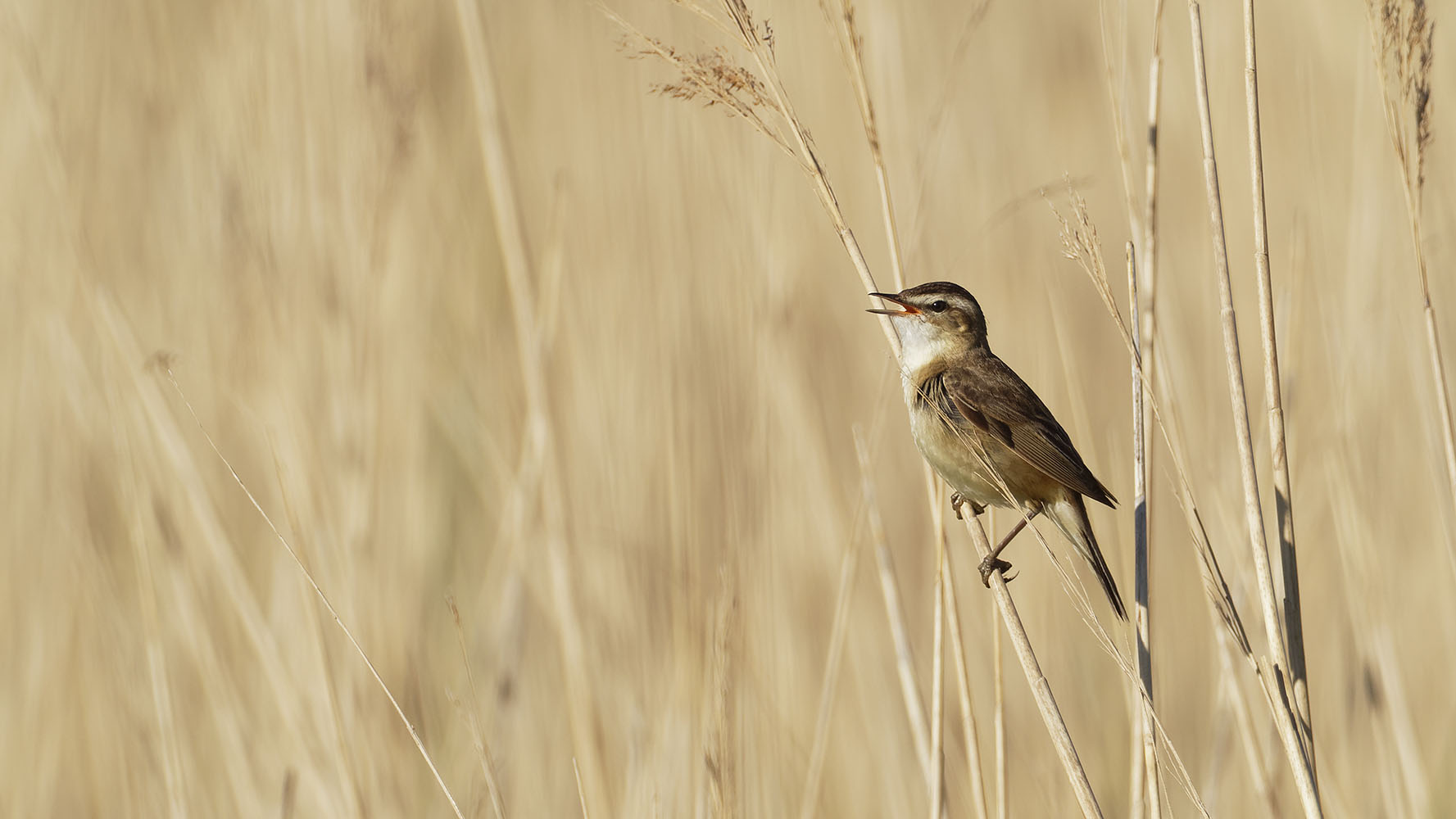
BirdTrack migration blog (Mid-April - May)
Spring 2022 has so far seen periods of warm weather interspersed with blasts of much colder air, with snow even falling in some parts of the country. This change in weather invariably has an impact on birds migrating northwards for the summer months.
The traditional early summer migrants such as Chiffchaff and Black Redstart seemed to arrive in bumper numbers, no doubt helped by the warm winds in late March. Garganey especially arrived in good numbers, with some suggesting that the winter droughts and resulting low water levels in areas of Spain such as the Donana could be responsible for more birds arriving further north.

However, this Spring has also seen some species arriving later and in lower numbers than would be predicted given the time of year. The BirdTrack reporting rates for Wheatear, Sand Martin, and Swallow are all much lower than would be expected and we can only speculate as to what might be causing this slow arrival - could it be colder weather further south slowing their northwards journey? A prolonged period of warmer weather and favourable winds should see a mass arrival of those birds that have been held back.
The warmer weather of the last few days has seen a variety of other summer migrants making an appearance with Nightingale, Reed Warbler, Yellow Wagtail, Redstart, and Whitethroat all being noted. Mixed in with these were the odd rare and scarce species with Hoopoe, Alpine Swift, Black-winged Stilt, and Subalpine Warbler all reported in recent days. For many, the highlight of the spring so far has been the reappearance of the Black-browed Albatross at RSPB Bempton Cliffs, which famously spent most of last summer at the same site, giving people amazing views of this wanderer of the Southern Oceans.

Species focus - Redstart
The Redstart is a widespread summer visitor to Britain, typically arriving here during the second half of April. It can be found across the UK during the breeding season, largely in broadleaved woodland. However, it is patchily distributed throughout its range with its strongholds found in the western half of the country and in northern Britain.
The Redstart is listed as "amber" in Birds of Conservation Concern 5, the most recent review on the status of the UK's birds. The BTO Ringing Scheme has revealed that Redstarts breeding in Britain travel to the Sahel during winter, a large region of savannah just south of the Sahara. Conditions in the Sahel during the winter therefore have a large impact on the breeding population here, and the sharp decline in the late 1960s and early 1970s was thought to be due to severe drought conditions in the species' wintering area in Africa. However, the last 25 years have seen its population increase by 11%, a trend beginning in the mid-1970s. This increase has been associated with steeply improving numbers of fledglings per breeding attempt and progressively earlier laying dates.
During spring migration, Redstarts can be found almost anywhere but the best chance of finding one ‘on migration’ will be at the coast. As 135,000 pairs breed here, right now is one of the best times to see a Redstart outside its breeding range as thousands of birds make it to our shores. With the wind coming from southern Europe during the next few days and turning more easterly over the Easter weekend, there is a very good chance of Redstarts arriving in many parts of the country, so definitely one to look out for.
Late April sees the arrival of a whole host of summer migrants, particularly warblers. How many species can you record in a day?
Looking ahead
Over the next six weeks or so, summer migrants will be arriving en masse whilst the last of the winter visitors will be heading to their breeding grounds further north. There can be an incredible diversity of species at this time of year, as incoming visitors such as Garganey can be found alongside departing species like Wigeon.

Particular species to look out for in the next couple of weeks include Sedge, Reed, Willow and Grasshopper Warblers, Blackcap, Whitethroat, Swallow, House Martin, Sand Martin, and Yellow Wagtail. The best places to find these newly arrived migrants will be coastal sites, but given the clear conditions that are forecast, migrant birds will also push further inland with some species heading straight to their breeding areas to lay claim to the best territories.
It won't all be passerines (perching birds) that will be arriving ahead of the coming breeding season though. Seabirds such as Guillemot, Razorbill, Puffin and Shag will be returning to their nesting cliffs and a visit to their colonies at this time of year can be a spectacular sight.
to help us monitor the migration period over the coming weeks.
Find out moreThe first flush of waders will also begin to arrive; Whimbrel and Common Sandpiper are typically the first to pass northwards through Britain and Ireland while Black-tailed Godwit bound for Iceland will now be moulting into their brick-red summer plumage. Common, Sandwich and Arctic Terns also arrive at this time of year, eager to get down to establishing a territory and finding their mate for the breeding season. Arctic Tern especially can have a bias for inland locations, so reservoirs and larger lakes are a good place to look for this species especially if there is low cloud or rain in the forecast - this will push migrating birds down to land as they seek some shelter.
Warm weather coupled with south-south easterly winds will often bring lots of new arrivals, with ‘falls’ of migrants occurring when migrating birds hit weather fronts producing rain - so watch the forecast in the coming weeks! Scarcer species possible at this time of year include Kentish Plover, Woodchat Shrike, Red-rumped Swallow, Iberian Chiffchaff and Serin.



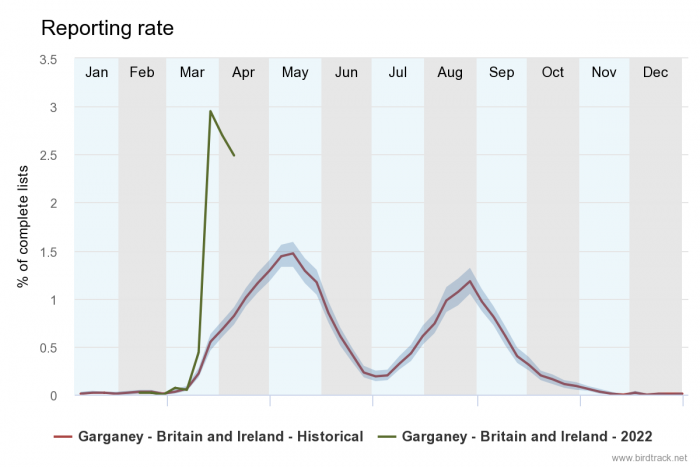
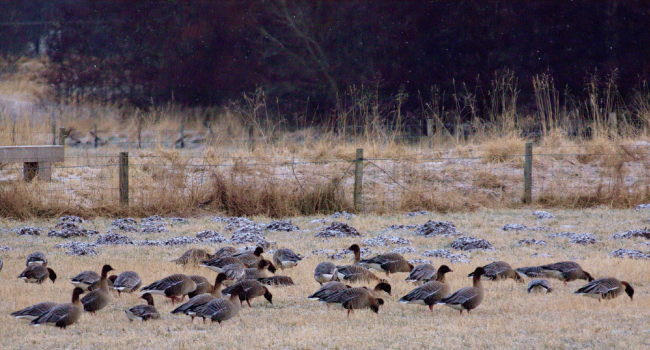
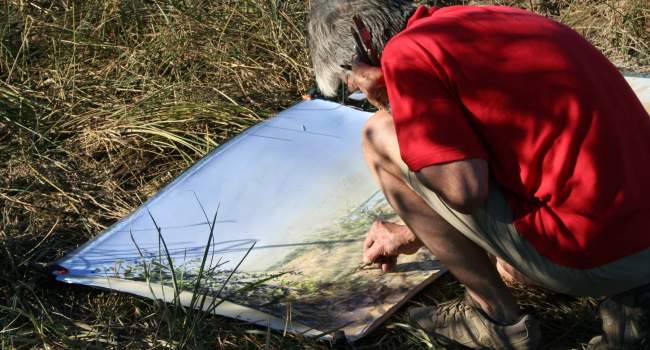
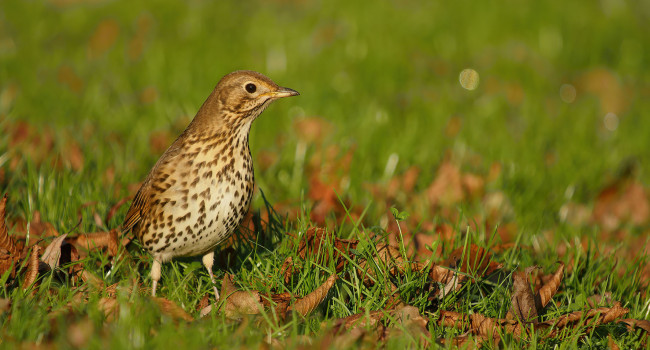

Share this page